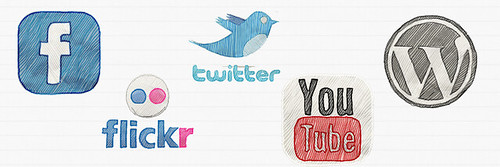Now feeling like a pro doing these blogs, I found three interesting topics that were discussed in Chapter Three that were also really fun to make with all of the programs we have at our disposal.
My first topic is media literacy. I found this topic very interesting, for the reason that I use media literacy in this course and my other courses, too! It is a way of making the material that you have around you and using social media and entertainment as a way to express what you have learned. I absolutely love this way of literacy, as it not only expands what you can do with technology, but also allows you to develop and engage more in what you are learning. Here is my link to Haiku Deck that I created, my first one ever!
The next topic that I really enjoyed reading about was active learning. I love the idea of active learning for everything. Science is a great example of active learning, because experiments can be used to engage the students and keep the students learning. I also find that using games for other subjects allows students to have active learning in other subjects. For example, active learning is learning by doing. If you create a game for your students to help remember the spelling words, it will allow them to keep using that game for all of their vocabulary. One of my teachers created a musical chairs with our spelling words that was interactive and funny. Here is my link to my creation on Padlet for active learning, which I can later add on to.
Lastly, there is information literacy. I think this is the hardest one for students to fully grasp and it takes stages for them to fully excel at information literacy. Students I think struggle the most with the last two steps, because of the fact that younger students do not know what is exactly good information. While they might be able to find it, evaluating it to see if is what they need for what they are doing does not necessarily click with them. I know that this is what I struggled with most when I started having to do research of find articles that are true. Below is a video that discusses all of the ideas that come with information literacy.
Citations
1. Maloy, Robert, Verock-O’Loughlin,Ruth-Ellen, Edwards, Sharon A., and Woolf, Beverly Park (2013). Transforming Learning with New Technologies. 2nd Edition. Boston, MA: Pearson Education, Inc.
2. Armstrong Atlantic State University (2013, January 25). Information Literacy. [Video File]. Retrieved from https://www.youtube.com/watch?v=vSLdkUDc-Yg

